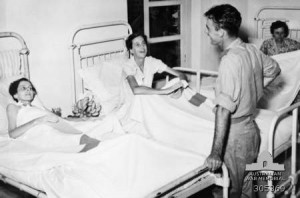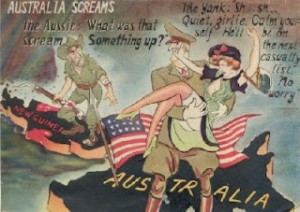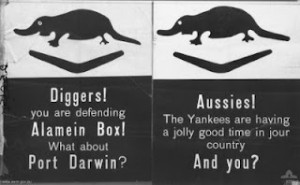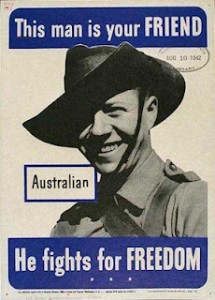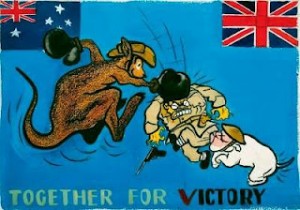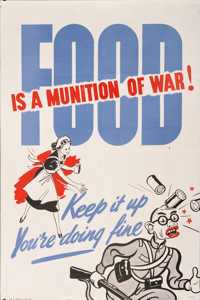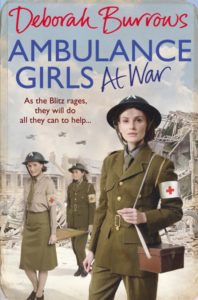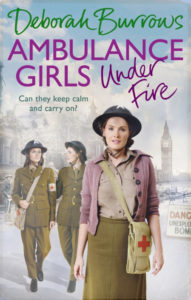There’s a photographic exibit at the Australian War Memorial at present about nurses. I thought I’d share some of the images from that and from the general collection, because they are so interesting.
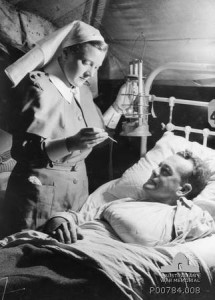
Nurses in war have always fascinated me. I got a book of ‘Heroines’ for my tenth birthday and many of those women seemed to have been war-time nurses. Even then, I was fascinated by what women did in world war 2. I remember loving ‘Cherry Ames, Army Nurse’ which I read at primary school. Cherry was sent to a pacific island and nursed wounded soldiers and helped to evacuate them, while solving mysteries in her spare time. Of course, Cherry Ames was much better at solving mysteries than any mere male, even a doctor!
I was aware that Australian nurses also went overseas and suffered and cared for those who fought. I remember watching the Anzac Day parades with my mother and younger brother every year on the television. There was always an especially big cheer for a rather stout, older woman. When we asked why, Mum said, ‘That’s Vivian Bullwinkle’ as if she was famous. Mum explained that the woman who was marching there had been the only survivor of a massacre of Australian nurses by the Japanese (the Banka Island Massacre, when the Japanese killed 21 of her fellow nurses on Radji Beach, Bangka Island (Indonesia) on 16 February 1942). All her friends had died around her, and she had survived by pretending to be dead until the Japanese left. And so Vivian Bullwinkle entered into my imagination as a heroine and a survivor of unimaginable horror.
Here’s a photo of Vivian in 1940:
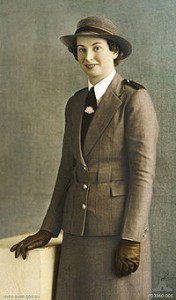
Australian nurses were sent first to the Middle East. This is at my very own University of Western Australia, in 1940 and shows nurses and soldiers looking around prior to embarkation for the Middle East.
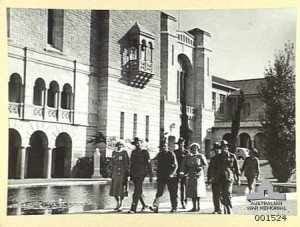
Mind you, the accommodation on the ship wasn’t too bad for nurses. Apparently it was rather dire for the ordinary enlisted men, but the officers and nurses got the best quarters.

And then the war with Japan began and we were fighting for Australia itself. The troops were recalled and the nurses came too. They came to field hospitals like this. Note the dirt floors.
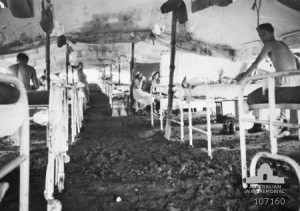
In tent wards like this.
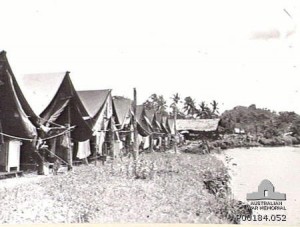
Or they nursed the survivors of the air raid on Darwin:
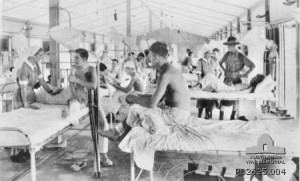
Mind you, there was still time to try to look beautiful:
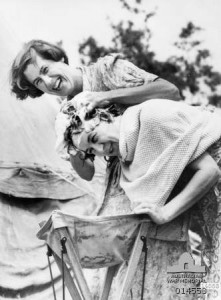
But too many girls died, or suffered appallingly. This poster depicts the Hospital ship, ‘Centaur’ being attacked by the Japanese off the coast of Queensland. In the water below the ship are a number of nurses and sailors from the ship. The sinking of H S Centaur took place off the Queensland coast on 14 May 1943 and 268 lives were lost, including 11 out of 12 nurses. The poster depicts moments after the ship was torpedoed; it sank in just three minutes.
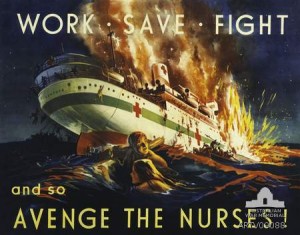
It’s now 1945. These Australian nurses are recovering from malnutrition after spending three and a half years as prisoners of the Japanese in Sumatra. And yet, they were still able to flirt with a handsome Aussie soldier! Go girls.
